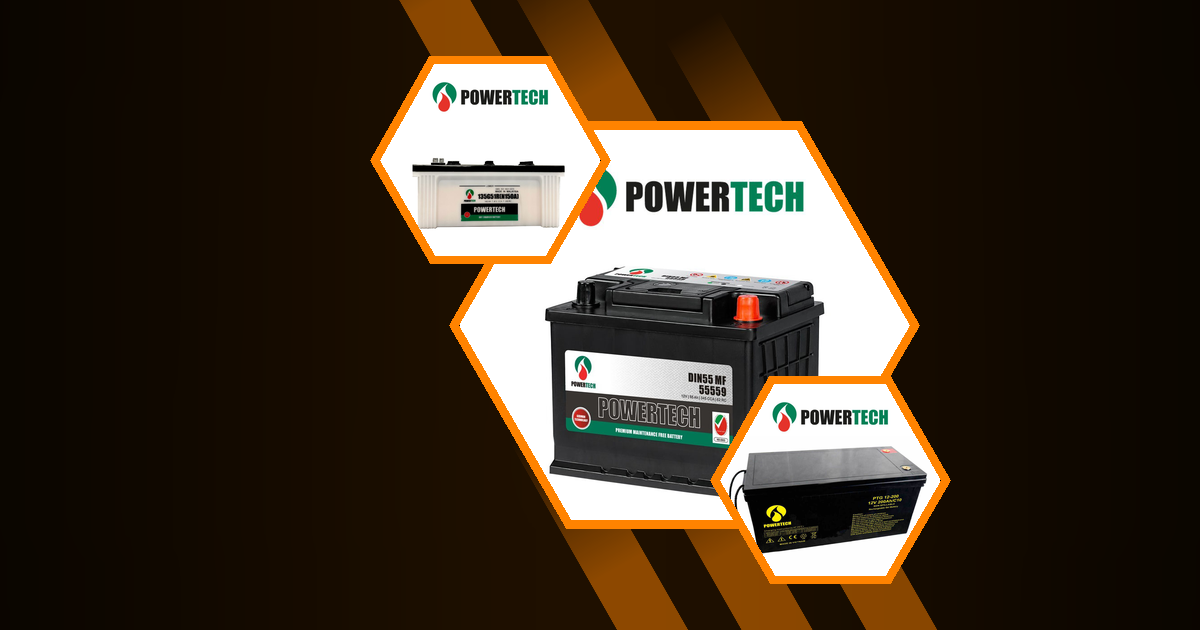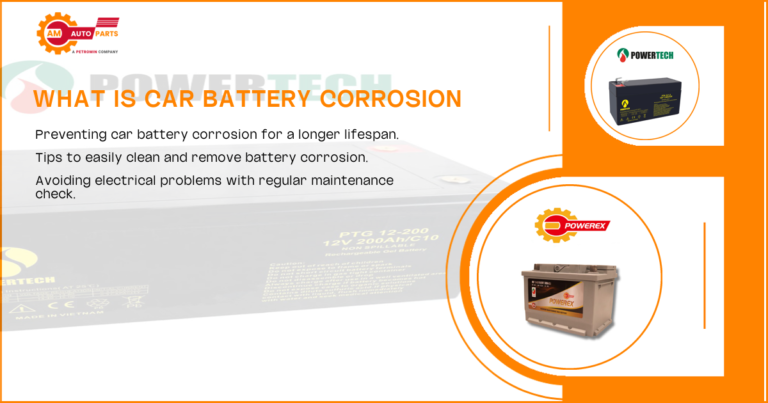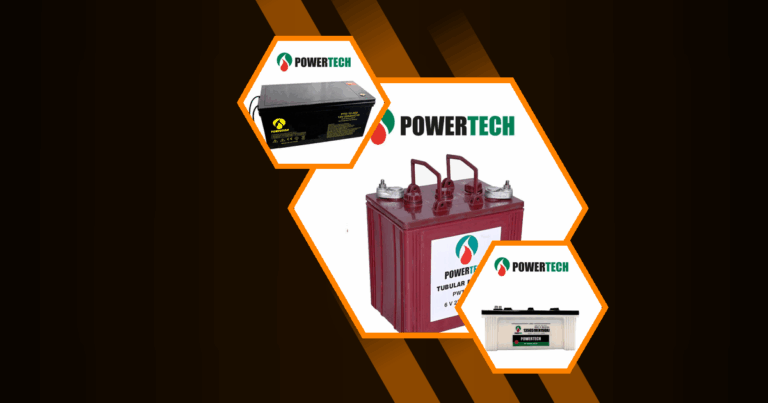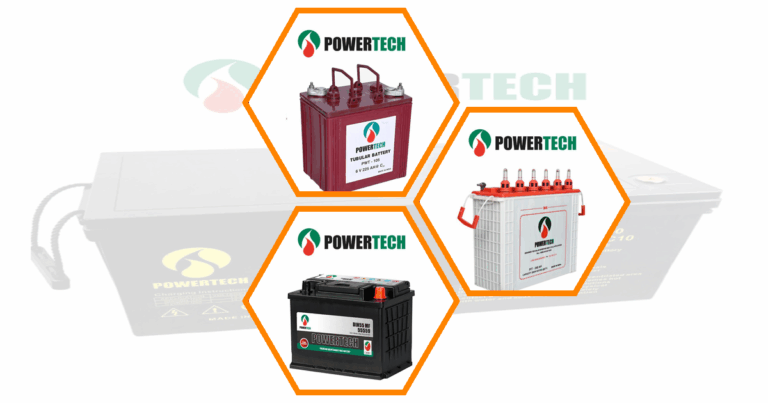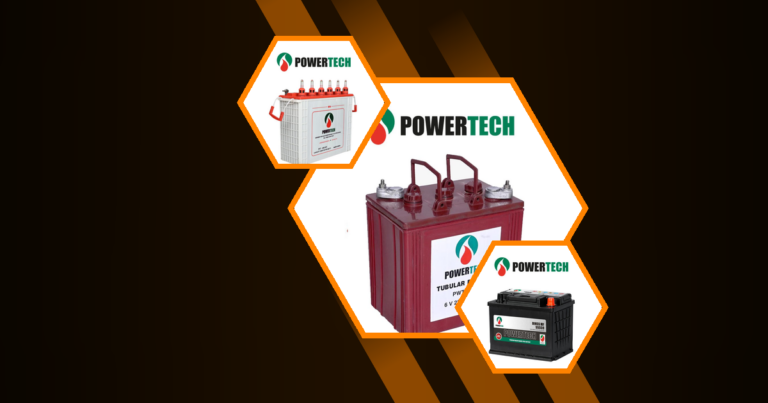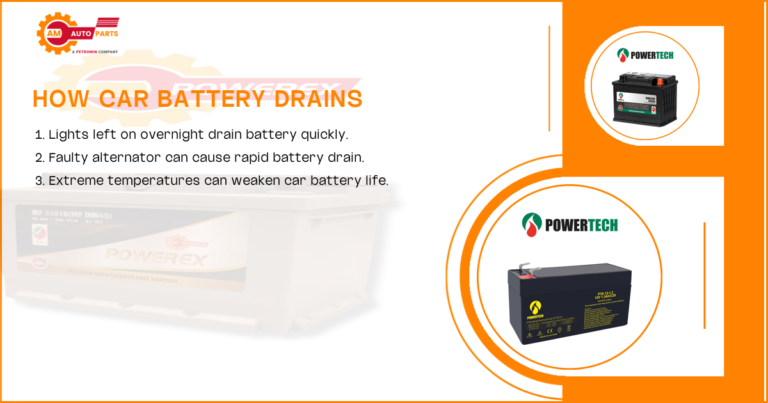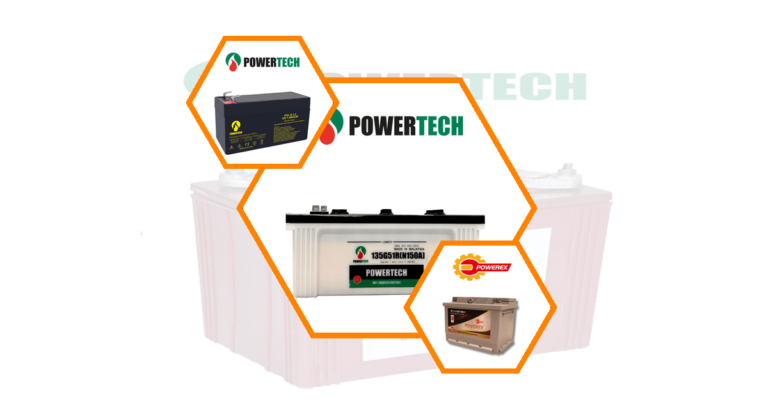Hybrid vehicles have revolutionized the automotive industry by combining the best of both worlds: the efficiency of electric power and the range of traditional fuel engines. At the heart of this innovation lies the battery, a crucial component that powers hybrid technology and ensures optimal battery function. This article delves into the intricate role of batteries in hybrid vehicles, exploring their types, functions, and future trends.
Hybrid Vehicle Technology
What is a Hybrid Vehicle?
A hybrid vehicle is a car that uses more than one form of onboard energy to achieve propulsion. Typically, this involves a combination of an internal combustion engine and an electric motor. The electric motor is powered by a battery, which is charged through regenerative braking and, in some cases, by the engine itself. This dual system allows hybrid vehicles to be more fuel-efficient and environmentally friendly compared to conventional vehicles.
Types of Hybrid Systems
Hybrid systems can be broadly categorized into three types: parallel hybrids, series hybrids, and plug-in hybrids. Parallel hybrids use both the engine and the electric motor to drive the wheels, while series hybrids rely solely on the electric motor, with the engine acting as a generator. Plug-in hybrids, on the other hand, have larger batteries that can be charged externally, allowing for extended electric-only operation.
Key Components of Hybrid Cars
Hybrid cars consist of several key components that work together to optimize performance. These include the internal combustion engine, electric motor, battery pack, and transmission system. The synergy between these components allows hybrid vehicles to switch seamlessly between power sources, enhancing fuel efficiency and reducing emissions.
- Internal Combustion Engine : Provides power and charges the battery.
- Electric Motor : Drives the vehicle and assists the engine.
- Battery Pack : Stores and supplies electrical energy.
- Transmission System : Manages power distribution between the engine and motor.
Battery Function in Hybrid Electric Vehicles
Energy Storage and Distribution
In hybrid vehicles, batteries serve as the primary energy storage system. They store electrical energy generated by the engine or through regenerative braking and distribute it to the electric motor as needed. This energy management ensures that the vehicle operates efficiently, maximizing fuel economy and minimizing emissions.
Regenerative Braking
Regenerative braking is a key feature of hybrid vehicles that enhances battery function. When the driver applies the brakes, the electric motor acts as a generator, converting kinetic energy into electrical energy. This energy is then stored in the battery, reducing the need for external charging and improving overall efficiency.
Supporting Electric-Only Operation
Hybrid batteries enable electric-only operation, allowing the vehicle to run solely on electric power for short distances. This feature is particularly beneficial in urban environments, where stop-and-go traffic can lead to increased fuel consumption. By relying on the battery, hybrid vehicles can reduce emissions and fuel usage.
- Energy Storage : Efficiently stores and distributes power.
- Regenerative Braking : Converts kinetic energy into electrical energy.
- Electric-Only Operation : Supports short-distance travel on electric power.
Hybrid Battery Types and Characteristics
Nickel-Metal Hydride (NiMH) Batteries
Nickel-metal hydride (NiMH) batteries have been a staple in hybrid vehicles for years. Known for their reliability and durability, NiMH batteries offer a good balance between cost and performance. They are less prone to overheating and have a longer lifespan compared to other battery types.
Lithium-Ion Batteries
Lithium-ion batteries are becoming increasingly popular in hybrid vehicles due to their high energy density and lightweight design. These batteries can store more energy in a smaller space, allowing for longer electric-only ranges. However, they are more expensive and require careful management to prevent overheating.
Lead-Acid Batteries
Lead-acid batteries are the oldest type of rechargeable battery and are used in some hybrid vehicles for auxiliary functions. While they are inexpensive and reliable, they have a lower energy density and shorter lifespan compared to NiMH and lithium-ion batteries.
Battery Type | Energy Density | Cost | Lifespan |
NiMH | Moderate | Moderate | Long |
Lithium-Ion | High | High | Moderate |
Lead-Acid | Low | Low | Short |
Battery Management Systems in Hybrids
Monitoring State of Charge
Battery management systems (BMS) play a crucial role in maintaining the health and efficiency of hybrid batteries. One of their primary functions is monitoring the state of charge (SOC), ensuring that the battery operates within optimal parameters. This prevents overcharging or deep discharging, which can damage the battery.
Temperature Regulation
Temperature regulation is another critical function of BMS. Hybrid batteries can generate significant heat during operation, which can affect performance and lifespan. BMS monitors and controls the temperature, using cooling systems to prevent overheating and ensure efficient operation.
Balancing Cell Voltages
Balancing cell voltages is essential for maintaining battery health. BMS ensures that all cells within the battery pack are charged and discharged evenly, preventing imbalances that can lead to reduced capacity and performance.
- State of Charge Monitoring : Prevents overcharging and deep discharging.
- Temperature Regulation : Controls heat to maintain performance.
- Cell Voltage Balancing : Ensures even charge and discharge.
Hybrid Battery Lifespan and Maintenance
Factors Affecting Battery Life
Several factors can influence the lifespan of hybrid batteries, including temperature, usage patterns, and charging habits. Extreme temperatures can accelerate battery degradation, while frequent deep discharges can reduce capacity. Proper maintenance and usage can help extend battery life.
Proper Care and Maintenance Tips
To maximize the lifespan of hybrid batteries, it’s essential to follow proper care and maintenance practices. This includes regular inspections, avoiding extreme temperatures, and following manufacturer guidelines for charging and discharging. Keeping the battery clean and ensuring proper ventilation can also help maintain performance.
Replacement Considerations
When a hybrid battery reaches the end of its lifespan, replacement is necessary to maintain vehicle performance. It’s important to consider factors such as cost, compatibility, and warranty when selecting a replacement battery. Consulting with a professional can help ensure a smooth replacement process.
- Temperature : Avoid extreme heat and cold.
- Usage Patterns : Minimize deep discharges.
- Charging Habits : Follow manufacturer guidelines.
Advancements in Hybrid Battery Technology
Improved Energy Density
Recent advancements in hybrid battery technology have focused on improving energy density. Higher energy density allows batteries to store more power in a smaller space, enhancing electric-only range and overall efficiency.
Fast-Charging Capabilities
Fast-charging capabilities are becoming increasingly important for hybrid vehicles. New battery technologies are being developed to reduce charging times, making it more convenient for drivers to recharge their vehicles quickly.
Reduced Environmental Impact
Efforts to reduce the environmental impact of hybrid batteries are ongoing. This includes developing more sustainable materials and recycling processes to minimize waste and resource consumption.
- Energy Density : More power in a smaller space.
- Fast-Charging : Reduced charging times.
- Environmental Impact : Sustainable materials and recycling.
The Impact of Batteries on Hybrid Vehicle Performance
Fuel Efficiency Improvements
Batteries play a significant role in improving the fuel efficiency of hybrid vehicles. By providing electric power for low-speed driving and assisting the engine, batteries help reduce fuel consumption and emissions.
Enhanced Acceleration and Power
Hybrid batteries contribute to enhanced acceleration and power by providing an instant torque boost. This allows hybrid vehicles to deliver a smooth and responsive driving experience, especially during acceleration.
Reduced Emissions
By enabling electric-only operation and improving fuel efficiency, hybrid batteries help reduce greenhouse gas emissions. This makes hybrid vehicles a more environmentally friendly option compared to traditional cars.
- Fuel Efficiency : Reduced fuel consumption.
- Acceleration : Instant torque boost.
- Emissions : Lower greenhouse gas output.
Comparing Hybrid and Plug-in Hybrid Battery Systems
Battery Capacity Differences
Hybrid and plug-in hybrid vehicles differ in battery capacity. Plug-in hybrids have larger batteries, allowing for longer electric-only ranges and the ability to charge externally. This provides greater flexibility and efficiency for drivers.
Charging Infrastructure Requirements
Plug-in hybrids require access to charging infrastructure, such as home chargers or public charging stations. This is an important consideration for potential buyers, as it affects convenience and accessibility.
Electric-Only Range Capabilities
The electric-only range of plug-in hybrids is typically greater than that of standard hybrids. This allows drivers to travel longer distances on electric power alone, reducing fuel consumption and emissions. Fleet battery upkeep Regular checks and proper charging help keep vehicle batteries in good condition for a long time Electrified sports vehicles are fast and exciting cars that use electricity instead of gas These high-performance vehicles combine speed with eco-friendly technology for a thrilling ride
BMS enhances longevity by helping our bodies work better and stay healthy for longer This system supports our cells and organs to function well as we age Automotive power restoration helps fix car electrical problems It gets your vehicle running again when the battery or other power parts fail
Battery selection guide Choose the right battery for your device by looking at size voltage and how long it lasts
Feature | Hybrid | Plug-in Hybrid |
Battery Capacity | Smaller | Larger |
Charging Requirements | Self-charging | External needed |
Electric-Only Range | Limited | Extended |
Future Trends in Hybrid Battery Technology
Solid-State Batteries
Solid-state batteries are emerging as a promising technology for hybrid vehicles. They offer higher energy density, improved safety, and longer lifespans compared to traditional lithium-ion batteries. This could revolutionize the hybrid vehicle market in the coming years.
Wireless Charging Systems
Wireless charging systems are being developed to enhance the convenience of charging hybrid vehicles. These systems allow drivers to charge their vehicles without plugging in, using electromagnetic fields to transfer energy.
Integration with Smart Grid Technology
The integration of hybrid vehicles with smart grid technology is a future trend that could optimize energy use. This involves using vehicle-to-grid (V2G) systems to balance energy demand and supply, reducing costs and environmental impact.
- Solid-State Batteries : Higher energy density and safety.
- Wireless Charging : Convenient and efficient.
- Smart Grid Integration : Optimized energy use.
FAQ’s
Can you still drive a hybrid car when the battery is dead?
Driving a hybrid car with a dead battery is not advisable, as it can lead to reduced performance and potential damage. The vehicle may rely solely on the engine, but efficiency and power will be compromised.
How often do hybrid batteries need to be replaced?
Hybrid batteries typically need replacement every 8 to 10 years, depending on usage and maintenance. Regular inspections and proper care can help extend their lifespan.
Are hybrid batteries recyclable?
Yes, hybrid batteries are recyclable, and many manufacturers have programs in place to recycle old batteries. This helps reduce environmental impact and conserve valuable resources.
Are hybrid batteries expensive to replace?
Hybrid battery replacement can be costly, ranging from ,000 to ,000 depending on the make and model. However, the long-term savings in fuel and maintenance can offset the initial cost.
Do hybrid cars charge their own batteries?
Yes, hybrid cars charge their own batteries through regenerative braking and the internal combustion engine. This self-charging capability eliminates the need for external charging in most cases.
What happens when a hybrid battery dies?
When a hybrid battery dies, the vehicle may experience reduced performance and efficiency. It is essential to replace the battery to restore optimal operation and prevent further damage.
How long do hybrid batteries last?
Hybrid batteries typically last between 8 to 10 years or 100,000 to 150,000 miles, depending on usage and maintenance. Proper care can extend their lifespan, while extreme conditions may shorten it.
Can you drive a hybrid without the battery?
Driving a hybrid without a functioning battery is not recommended, as the battery is integral to the vehicle’s operation. The car may still run on the engine, but performance and efficiency will be compromised.
How are hybrid batteries charged?
Hybrid batteries are charged through regenerative braking and the internal combustion engine. Some hybrids, like plug-in models, can also be charged externally using a charging station.
